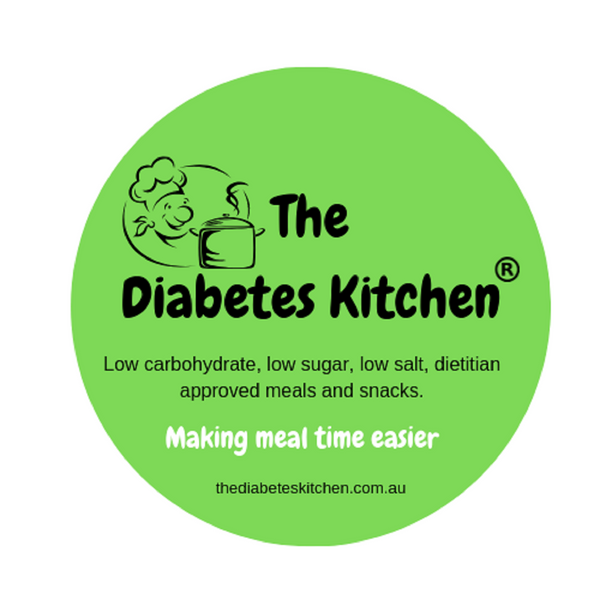Today we share another post from one of our favourite bloggers Nikki Wallis.
Deciphering food labels, counting carbs, counting sugar and regulating insulin to suit my blood sugar levels is a full-time job and one that I thought I was doing alright at, until recently, when I walked into my local health food store.
There I was, browsing the nutritional label of one product from the shelf, when I struck up a conversation with one of the attendants and she made a comment that threw me.
“You have to count the sugar content because you’re diabetic,” she said.
I automatically replied, “No, I count the total carbohydrate, I don’t just focus on the sugar.”
But then I had to stop and think for an minute. Was that right, or have I been doing it wrong all these years? The thought left me puzzled and I went home pondering this some more.
On the hunt for an answer, I contacted one of my former colleague nutritionist and diabetes project officer, Karis Ramsay, to see if she could shed some light on this for me. Low and behold she could and referred me to several sites. I found the information really useful, hence this post.
Read the rest of Nikki's post here.
In Australia, food labeling is regulated by Food Standards Australia New Zealand (FSANZ), a government agency responsible for setting standards for the safety and labeling of food and beverages. Food labeling regulations are designed to provide consumers with accurate and clear information about the content, nutritional value, and allergens present in food products. Here are key aspects of food labeling in Australia:
-
Nutrition Information Panel (NIP): The Nutrition Information Panel provides detailed nutritional information about the product. It includes details about serving size, energy (calories), protein, fat, saturated fat, carbohydrates, sugars, dietary fiber, and sodium. The NIP helps consumers make informed dietary choices.
-
Ingredients List: The Ingredients List provides information about the components of the food product, listed in descending order by weight. This helps consumers identify any potential allergens or specific ingredients they may wish to avoid.
-
Allergen Information: Allergens such as nuts, gluten, dairy, and eggs must be clearly highlighted in the Ingredients List using bold, italics, or a contrasting color. A separate "Contains" statement may also be provided to indicate the presence of allergens.
-
Country of Origin: Food products must display clear information about their country of origin. The labeling should indicate where the food was grown, produced, or packaged.
-
Date Marking: Perishable foods require date marking to indicate when the product is best consumed by. This includes "Use By" dates for foods with a limited shelf life and "Best Before" dates for products that remain safe to eat but may lose quality over time.
-
Health Claims: Health claims on food products, such as "low fat," "high in fiber," or "good source of calcium," must meet specific criteria set by FSANZ to ensure accuracy and prevent misleading information.
-
Nutrition and Health Claims: Nutrition content claims (e.g., "low fat," "sugar-free") and general health claims (e.g., "supports heart health") are regulated to ensure they are substantiated and accurate.
-
Serving Size Information: Labels provide information about the recommended serving size to assist consumers in understanding the nutritional content of the food as it is typically consumed.
-
Alcohol Labeling: Alcoholic beverages have specific labeling requirements, including standard drinks information and pregnancy warnings.
-
GM (Genetically Modified) Labeling: Foods containing genetically modified ingredients above a certain threshold must be labeled as "genetically modified" or "produced using genetic modification."
-
Labeling of Special Foods: Special foods, such as infant formula, foods for special medical purposes, and health supplements, have specific labeling requirements to ensure they meet safety and nutritional standards.
-
Front-of-Pack Labeling (Health Star Rating): The Health Star Rating system is voluntary and provides a quick visual guide to the nutritional content of a food product. The higher the star rating, the healthier the choice.
It's important to note that food labeling requirements may change, so consumers are advised to stay updated on the latest regulations and read labels carefully to make informed dietary choices.

